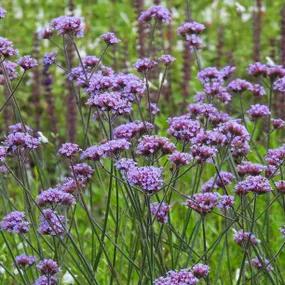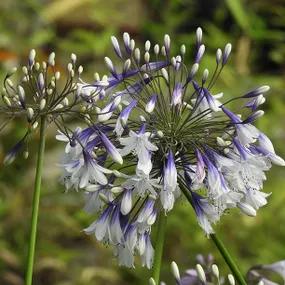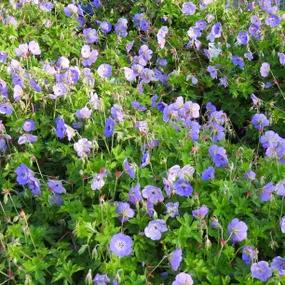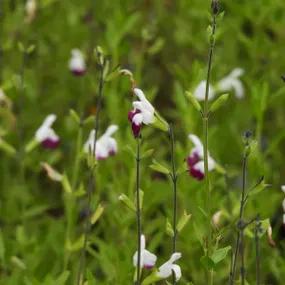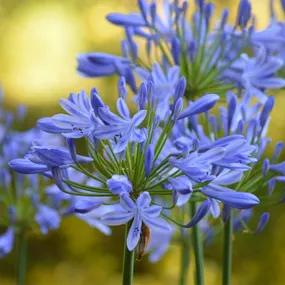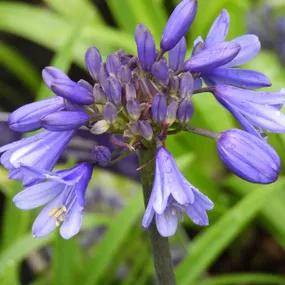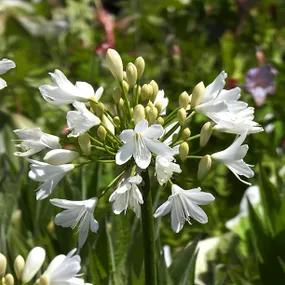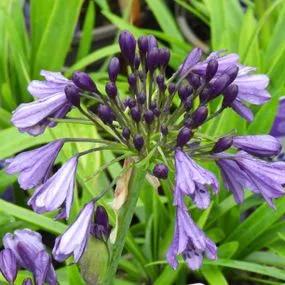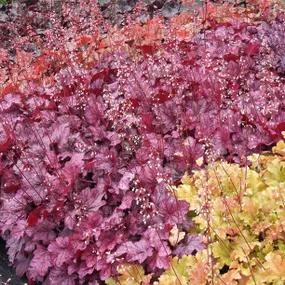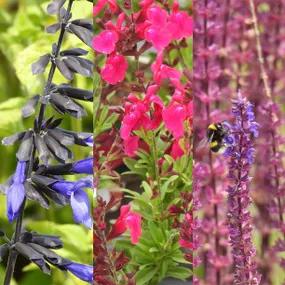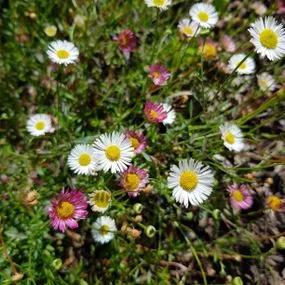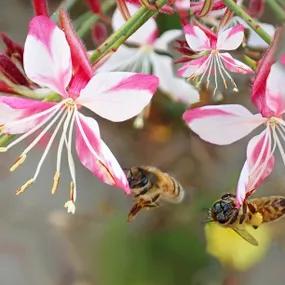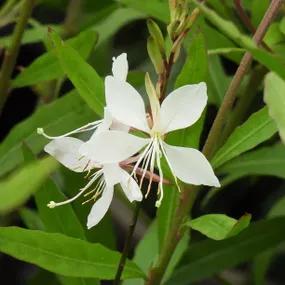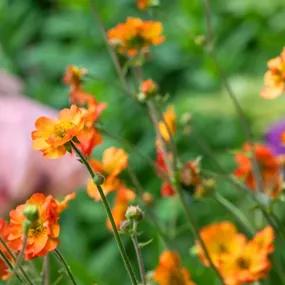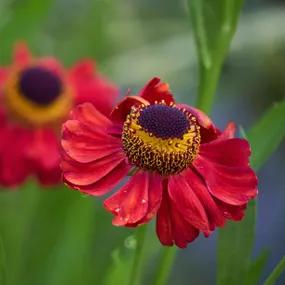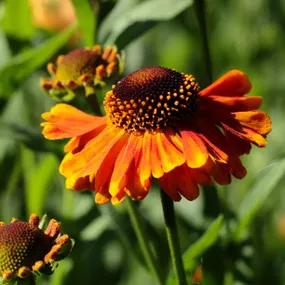Most perennials are grown for their flowers, some for their foliage, but they are all hard-working plants that fill your borders & patio containers with colour and texture.
Most are hardy, but some appreciate the protection of hay or mulch to insulate them in winter.
Perennials mostly flower in spring and summer, some in early autumn, attracting all your local bees and butterflies.
We grow tried and tested favourites, and new varieties. Our top quality, disease-free plants are grown in pots that are increasingly recyclable, and we use peat-free compost whenever possible.
Your mail order plants are delivered by next working day courier.
If there is anything wrong with your plants when they arrive, Contact Us within 5 working days, and our friendly support team will sort it out.


